

Uh oh...
It appears that you're using a severely outdated version of Safari on Windows. Many features won't work correctly, and functionality can't be guaranteed. Please try viewing this website in Edge, Mozilla, Chrome, or another modern browser. Sorry for any inconvenience this may have caused!
Read More about this safari issue.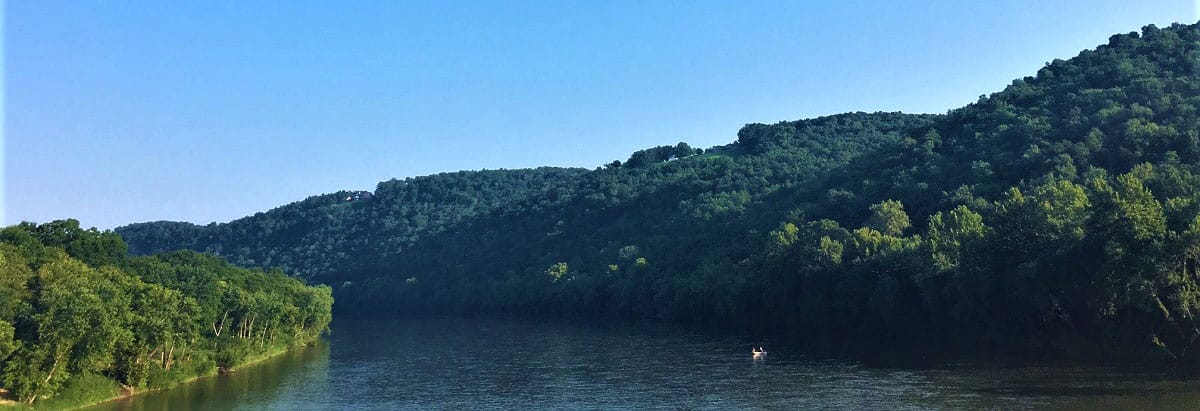

I grew up in a cedar-sided house with a green roof that overlooks Sylamore Creek. My best memories were formed looking out over the Ozark Mountains and the rushing creek that cuts its way through them. I never gave much thought to where it came from, where it was going, or its history. I went to and from Mountain View through the tiny community of Allison at the junctions of highways 5, 9, and 14 without considering the old white house. I worked a summer job at Angler’s Fishing Resort, waitressing and passing by giant plate glass windows overlooking the water without thinking about the Native Americans who once made the area their home.
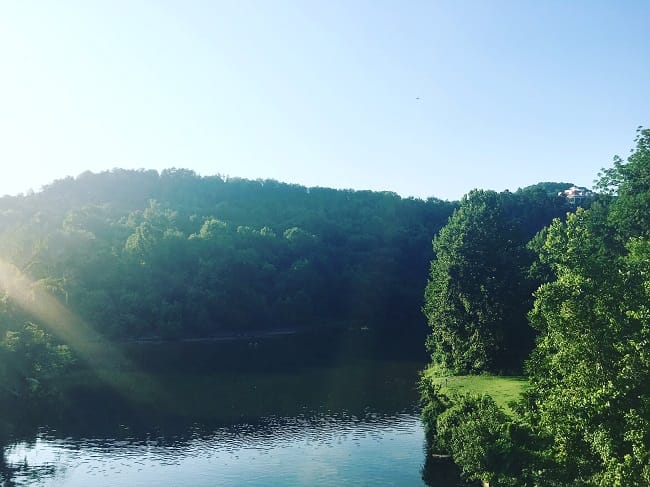
And while growing older has some downsides (hello, sunspots), it also has some benefits. It seems as I age I’m less busy and more curious. I’m less likely to hurry past something interesting. Now I relish good history stories, and doing research feels less like a job and more of a joy. Luckily, this summer while I was back home visiting my parents and once again spending time in my green roofed childhood home, I took the time to research the Sylamore Creek area.
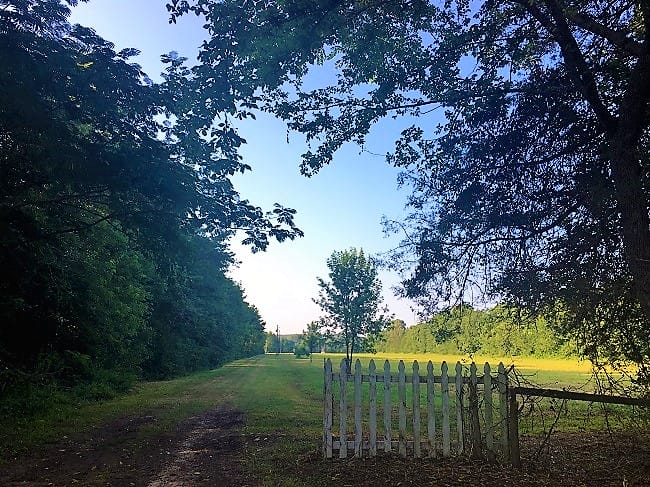
The name “Sylamore” dates back to the Creek Native Americans who settled the area in the early 1800’s. The area would later become home to the Cherokee and Shawnee tribes as well, as they were pushed out of their homes and “resettled” in North Arkansas. This was known as the “Cherokee Land Grant Reservation,” although because the Cherokee were given the land as a group instead of individual parcels, the Arkansas land was not considered an actual reservation. The resettled Native Americans were dispersed into traditional “towns” such as the Sylamore area. In order to live on this land, Caucasians had to be married to a Native American, be part Native American, or have established trade with them.

The white house in Allison at the junction of highways 5, 9, and 14 has interesting family ties to that time period. James Harris (born in 1801) married Esther Ruddell, daughter of Abraham “Black Hawk” Ruddell (raised as a brother to Tecumseh), thus establishing a family legacy of living on the “reservation” with the Native Americans. Eventually, pressure by the federal government and the new Arkansas territory led to most of the Native Americans being forced out of Sylamore and farther west. Most of the Cherokee moved to the Indian Territory in Oklahoma.
The Harris family continued to own and farm much of the land surrounding Sylamore Creek, and today the area is still known as Harris Bottoms. The white house was built by Henry Hill Harris in preparation for his impending marriage to Lucy Ann Dillard in 1849.
Henry Harris was appointed as a judge during the Civil War, and in 1864 the Union army marched through northern Arkansas in an effort to locate and destroy ammunition supplies in the White River Valley. The army burned the town of Sylamore, as they were under orders to “slash and burn” any town that resisted their efforts. The army went on to destroy two mills on the Sylamore Creek, where they tortured and killed Absalom Rorie and his two sons by tying their arms to separate horses, driving them in opposite directions, and dismembering them.
The white house built by Harris for his bride was saved during the destruction of the town of Sylamore. It was commandeered as a base for the Union army, preventing it from being burned. It is the last standing structure of what was once the town of Sylamore.
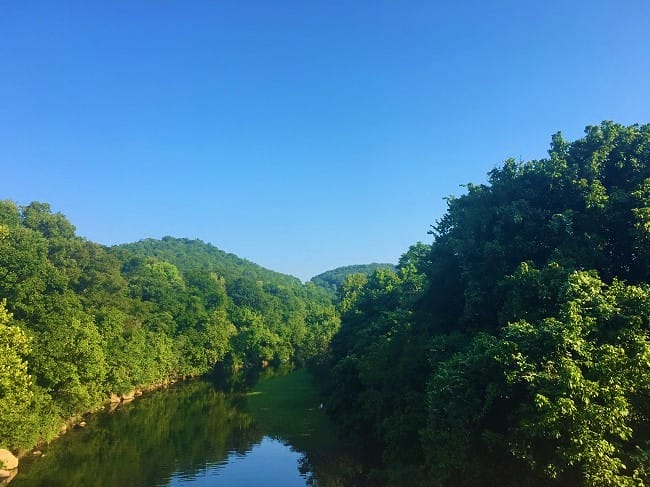
Eventually the east side of the river became officially known as Sylamore, while the west side was renamed Allison. Local lore claims that the name “Allison” was in honor of a river hobo named Dad Allison who taught the local ladies a more industrious means of washing their clothes using a can fastened to the end of a stick.
But of course, growing up, I was unaware of all of this. I remember passing the white house on my way home from high school. I didn’t know it was a wedding gift or a former Union Army Headquarters. I remember getting ice cream at Angler’s Fishing resort. I didn’t know about the Native Americans that settled there. I was younger, and busy, and couldn’t stop long enough to notice. But one of the perks of growing older is having the time, and the patience, to notice and ask questions. Small Arkansas communities like Sylamore and Allison are just waiting to be noticed, waiting to have their stories told.
Join the Conversation
Leave a Comment
4 responses to “Sylamore History: Arkansas Frontiersmen, Native Americans and Civil War Battles”
 Leave a Reply
Leave a Reply
We do the work.
You check your email.
Sign up for our weekly e-news.
Get stories sent straight to your inbox!







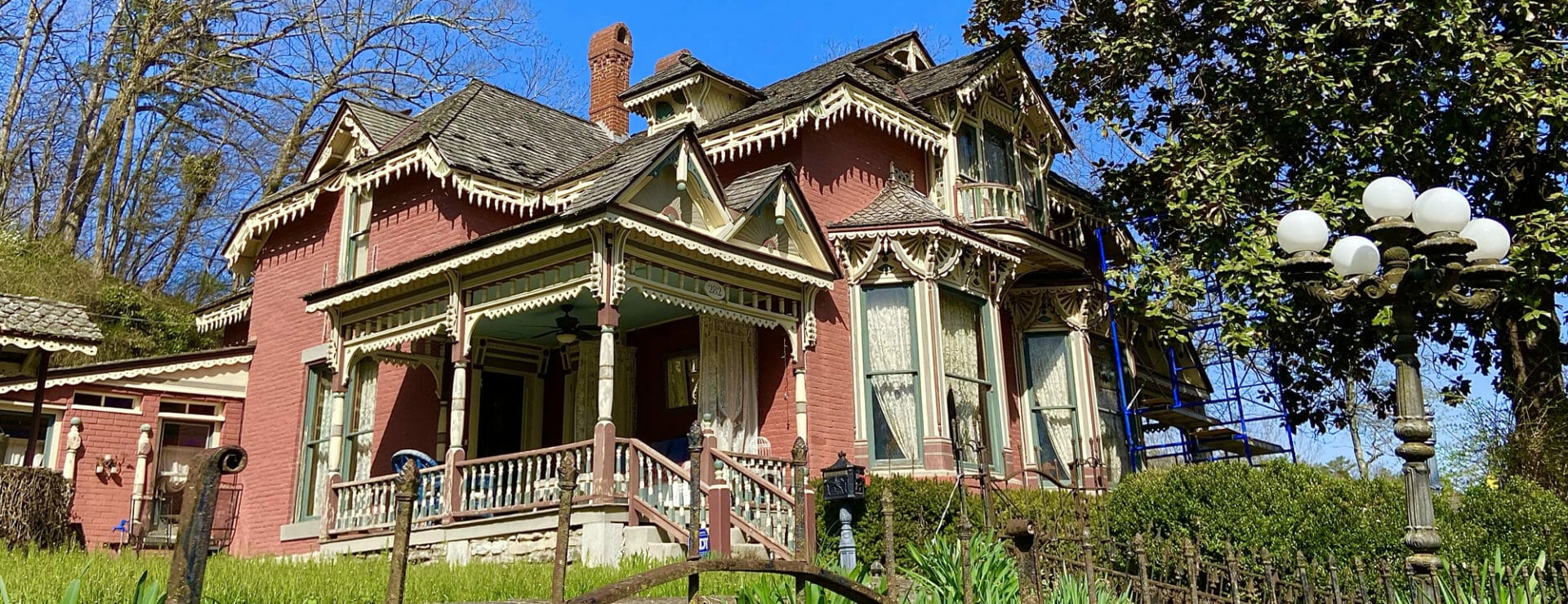

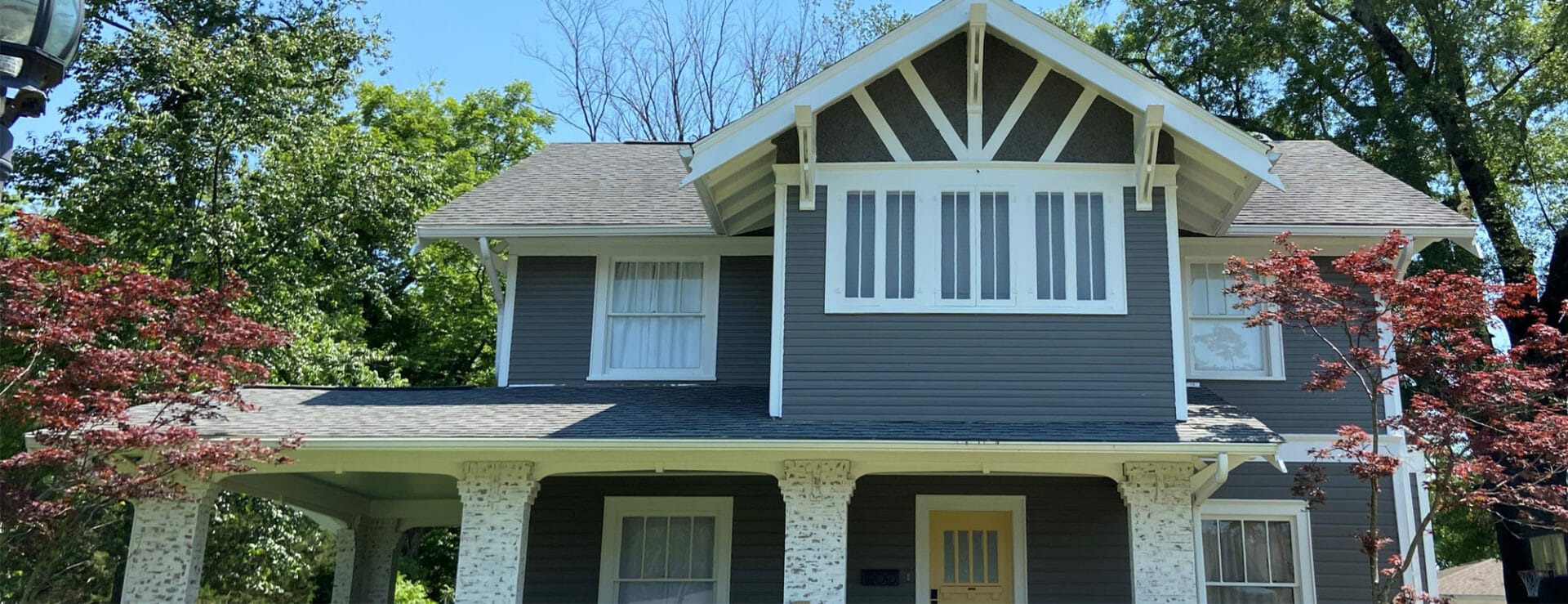

 Leave a Reply
Leave a Reply
[…] Sylamore Creek by Liz Harrell comes from her featured story Sylamore History: Arkansas Frontiersmen, Native Americans and Cival War Battles. […]
[…] Just be sure to sign the guest book when you visit. You’ll have the opportunity to explore the history of the area and people who lived in the area (including the famous outlaw Jesse James), get a good […]
My paternal grandmother, Maggie Lee Everett, was the granddaughter of Henry Hill Harris (her mother was Henry’s daughter Arkansas). I’ve been researching the Harris family history for some time, but this is the first time I’ve seen a picture of the “white house” or read about “Black Hawk” Ruddell. I’ve often thought about visiting this area and this information is one more reason to “come on down.” (I live in Washington state, where Maggie and her husband and children, including my father, moved in 1908). Thanks so much for posting this story.
[…] Sylamore Creek and the Old White House | Allison […]